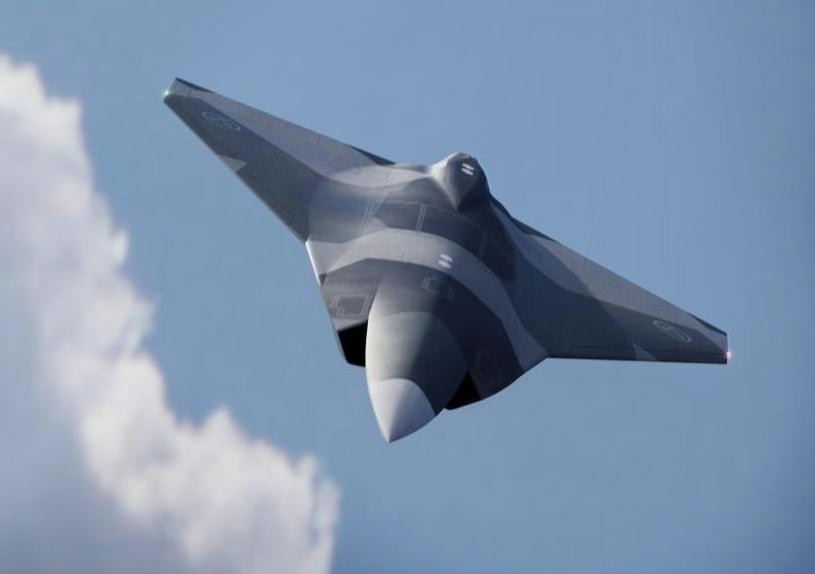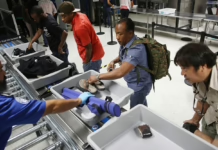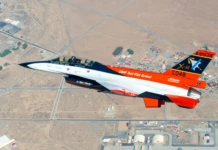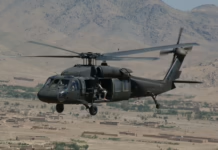Stockholm’s defense contractor explores both crewed fighters and drone-heavy combat systems as alternatives to traditional sixth-generation aircraft development.
Sweden has awarded defense contractor Saab a $276 million contract to continue development work on future fighter systems, though officials have yet to determine whether the program will produce a crewed aircraft or rely primarily on unmanned combat platforms.
The Swedish Defense Materiel Administration announced the three-year contract, which runs from 2025 to 2027 and builds on a previous agreement signed in March 2024. The work will explore both crewed and uncrewed solutions as part of an integrated combat air system.
“This order sets the next step on our joint journey in delivering innovative solutions to meet future operational needs of the Swedish Armed Forces and other customers,” said Lars Tossman, head of Saab business area Aeronautics.
The program, known internally as Future Combat Air System, will involve collaboration between Saab, the Swedish Armed Forces, the Swedish Defense Research Agency, GKN Aerospace, and other unnamed industry partners. The contract covers conceptual studies, technology development, and undisclosed demonstrator projects.
Sweden faces a decision on whether to develop a successor to its Gripen fighter fleet or pursue a combat ecosystem built around various drone types. The country aims to field a replacement system around 2050, giving planners time to evaluate emerging technologies and operational concepts.
Saab’s approach differs from rival European fighter programs in Britain and across continental Europe, which also carry the Future Combat Air System designation. While those initiatives center on advanced crewed fighters supported by drones, Sweden appears to be weighing a greater role for unmanned platforms.
The Swedish defense firm has accumulated experience with low-signature unmanned aircraft through several research programs. These include the Swedish Highly Advanced Research Configuration vehicle, first flown in 2000, and the Flying Innovative Low-Observable Unmanned Research demonstrator, which flew in 2005. Saab also participated in France’s nEUROn stealth drone project.
Last year, Saab revealed studies for what it calls the F-series, encompassing a potential crewed fighter, three classes of unmanned aircraft ranging from subsonic platforms under one ton to supersonic designs exceeding five tons, and the existing Gripen E fighter. The company has explored using common components across multiple platform types to reduce costs and streamline logistics.
Sweden currently operates Gripen E fighters, which are also in service with Brazil and on order for Thailand and Colombia. Export sales would help sustain any future combat aircraft program, a factor analysts view as crucial for smaller defense industries.
The Swedish initiative proceeds on a slower timeline than competing European programs, , which are working on more aggressive timelines. However, Sweden’s focus on unmanned systems could prove advantageous as air forces worldwide increase demand for collaborative combat aircraft and unmanned combat vehicles.
Industry officials have discussed concepts ranging from expendable target drones to sophisticated supersonic stealth platforms capable of operating independently or alongside crewed fighters. Such systems could extend the operational life of existing fighters like the Gripen E while avoiding the substantial costs associated with developing sixth-generation crewed aircraft.
Sweden could also opt to join one of the existing European fighter programs or acquire an off-the-shelf solution, though either choice would likely end the country’s longstanding tradition of domestic combat aircraft development.

Key Takeaways
Sweden awarded Saab a $276 million contract for future fighter system studies covering 2025-2027, building on previous development work.
The program explores both crewed and unmanned combat platforms, with Sweden weighing a drone-heavy approach that differs from other European fighter initiatives.
Saab has developed concepts including subsonic and supersonic unmanned aircraft, drawing on experience with stealth demonstrators flown since 2000.
Export opportunities for Gripen E fighters to Brazil, Thailand and Colombia would help sustain future development programs.
Sweden targets fielding a Gripen replacement around 2050, potentially joining existing European programs or developing domestic solutions.









